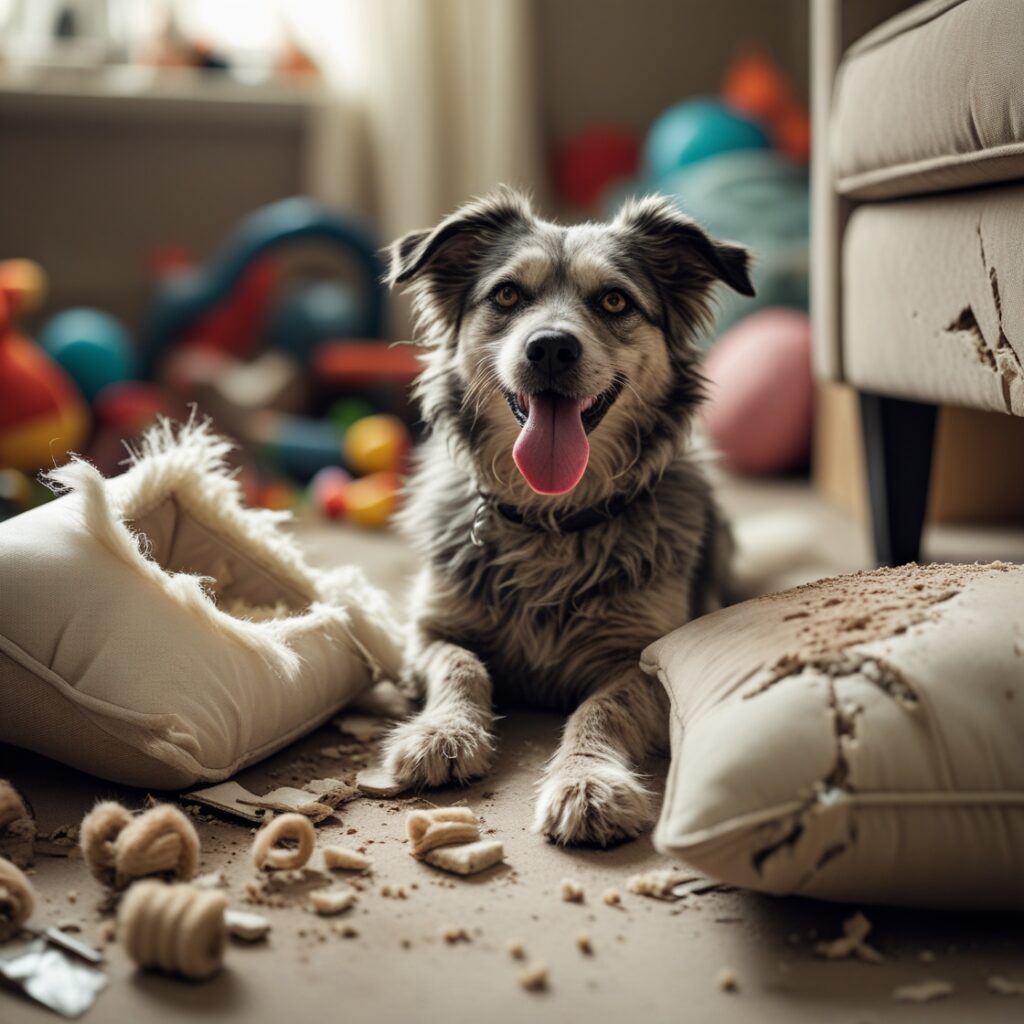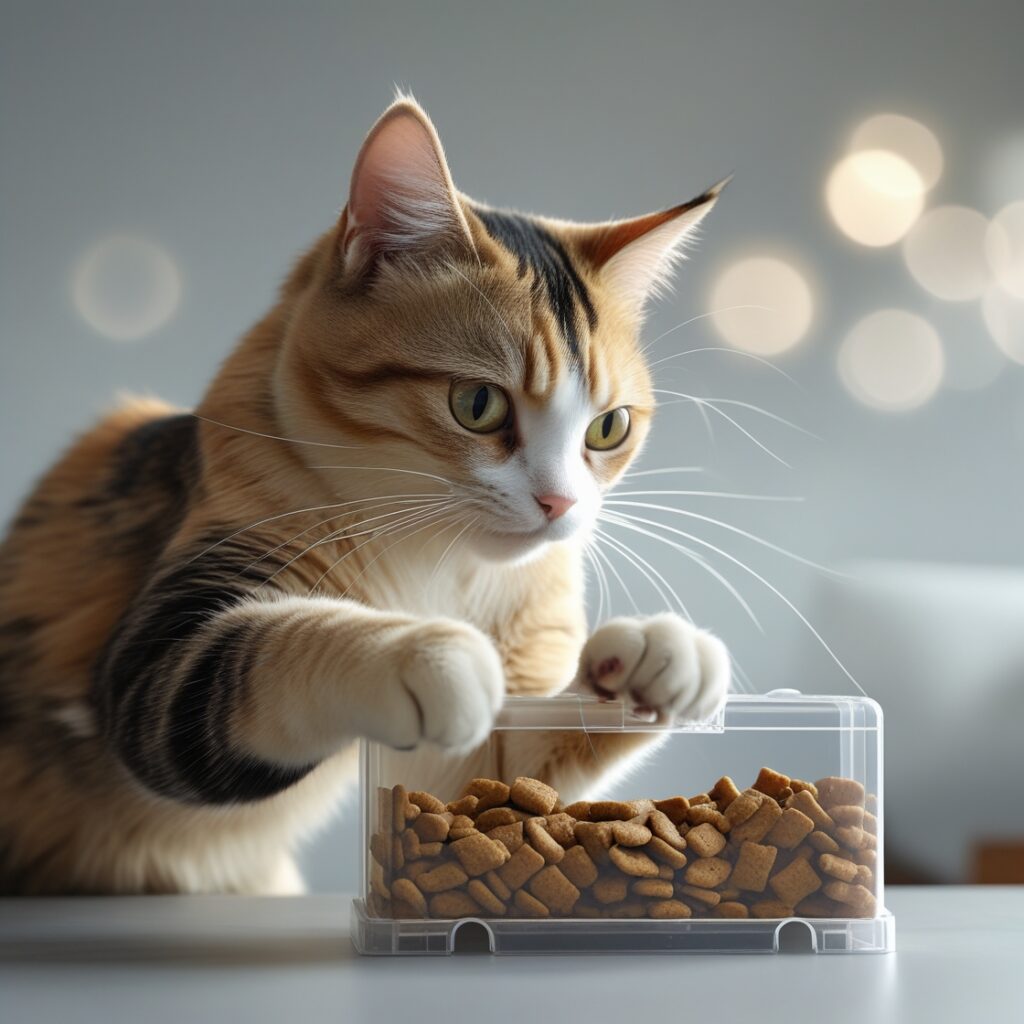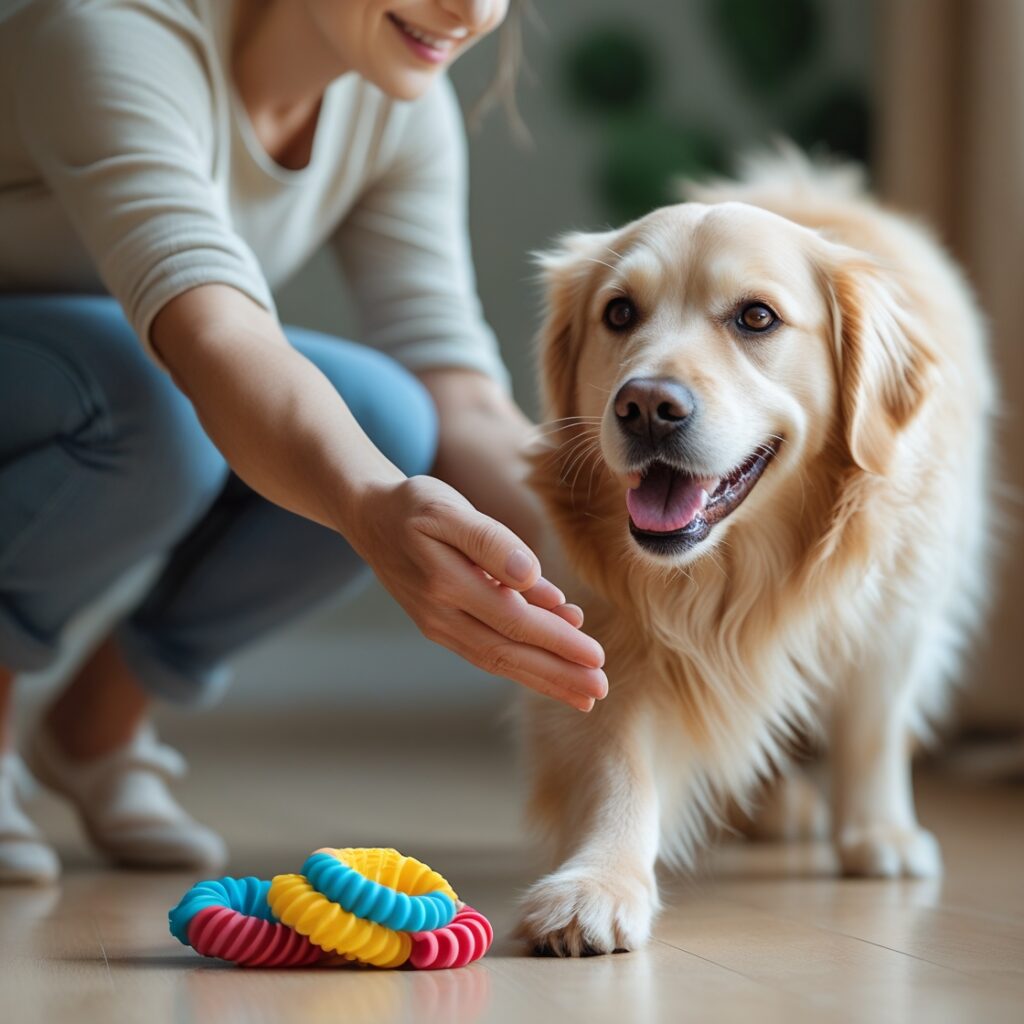The range of destructive behavior in pets can be from chewing shoes and furniture to digging up plants or incessant barking and scratching too. While pet owners are often frustrated with these actions, it’s very important to realize that cruel treatment is neither effective nor humane. Instead, sustained behavioral change comes from understanding your pet’s needs and utilizing kind, structured pet behavior training methods. This manual is going to show you how to stop unwanted behaviors using positive, respectful methods.
Understanding Why Pets Act Out
The primary task in the process of eliminating destructive behavior is figuring out its primary cause. Pets don’t actually decide to behave badly just because they want to, but due to unmet needs or environmental stressors they are acting out. The most usual among these are:

- Boredom and lack of stimulation: Pets require mental and physical engagement, especially dogs and cats. Without these, they seek their own (often destructive) forms of entertainment.
- Separation anxiety: When pets are left alone for long periods of time, they can become stressed and act out in order to deal with this stress.
- Lack of limits and absence of training: Animals need rules that are always the same if they are to know which behaviors are the ones that are acceptable.
- Medical conditions: Rather frequently, animals’ behavior like tearing up everything in the house arises from the fact that they are feeling certain discomforts like itching, allergies, or they are in a bad shape healthwise.
By identifying these defects can you strike a hard blow to the very heart of the behavioral problem and the process of pet behavior training can be empowering and compassionate at the same time.
The Power of Positive Reinforcement
Positive reinforcement appears to work wonders in pet training. In place of punishing bad behavior, you simply reward the behavior that you wish to have repeated, and it does work.

How to Apply Positive Reinforcement:
- Immediate rewards: The right timing of rewards is crucial. Give your pet the treat for the good behavior they just did.
- Use high-value treats or toys: Discover what your pet loves and make sure it is his/her training tool only.
- Praise and affection: Verbal praise and being cuddled, for some pets, are much better than getting a treat.
- Consistency: Have everyone at home commit to the same signals and positive reinforcements.
- Short sessions: Train your pets in 5-10 minute intervals in order to maintain a high level of attention and avoid fatigue and boredom.
What it does is not only does it produce the behaviors that we desire but also strengthens the relationship of you to your pet. When it is carried out repeatedly, reinforcement with positive vibes is more effective than the one with punishment.
Enrich Their Environment
If a pet tends to create chaos, most probably the surroundings of the pet are boring. Thus, bringing various changes to your pet’s home will have a positive effect on their behavior.

Ways to Provide Mental and Physical Enrichment:
- Interactive toys: Puzzle feeders, treat-dispensing balls, and scent games challenge your pet’s brain.
- Training games: Practice commands like “sit,” “stay,” and “fetch” using fun, game-like formats.
- Daily walks and play: Physical activity reduces excess energy that often leads to chewing or scratching.
- Pet-safe furniture and scratching posts: Give your pets appropriate outlets for their natural behaviors.
- Change up the routine: Vary walking routes or rotate toys weekly to keep your pet interested.
Brainstorm more ideas at mental stimulation for pets (outbound link).
Redirect Instead of Punish
It is when your pet is up to something bad you should not reprimand it that is the most important time. Rather, instill their interest in something else.
Redirection Techniques:

- Provide alternatives: If your dog chews on furniture, offer a chew toy. If your cat scratches the couch, place a scratching post nearby.
- Catch and reward: When your pet makes the right choice, immediately reward them.
- Training cues: Teach commands like “leave it,” “drop it,” or “go to your mat” to help manage behavior on cue.
- Interrupt calmly: If you catch your pet in the act, calmly interrupt them and lead them to a positive alternative.
p>
This method is the same as pet behavior training by which you tell your pet what you exactly want them to do, and not just what they are not allowed to do.
Keep away from These Blunders
A lot of pet owners, even the well intending ones, usually through unwittingness strengthen undesired behavior in their pets or at timess interfere with training progress. This is a list of what to evade:
- Inconsistency: Mixed signals result in the confusion of your pet. Be sure to always use the same commands and obey the same rules.
- Delayed responses: Animals are known to link a reward or a punishment with immediately preceding behavior. Timing is important.
- Overusing punishment: By no means should yelling, hitting, or rubbing a pet’s nose in a mess be used as a strategy to eliminate the wrong behavior. These actions should only teach fear and not proper behavior.
- Ignoring exercise: Bad behavior could be expressed even by the most well-behaved pet when the pet does not have any physical activity. Let’s not mention the untrained animals.
When to Seek Professional Help
Sometimes, destructive behavior is too complex to resolve on your own. A certified behaviorist or veterinarian can help.
Seek help if:
- Your pet’s behavior escalates despite consistent training.
- There are signs of aggression or anxiety.
- Your pet shows physical symptoms alongside behavior changes.
Professionals Who Can Help:
- Certified Dog Trainers (outbound link)
- Veterinarians (outbound link)
- Animal Behavior Therapists (outbound link)
Internal Training Tools and Techniques
Pet parents have a growing toolbox of resources to make training easier and more effective.
Recommended Tools:
- Clickers: Clicker training helps reinforce exact behaviors.
- Target sticks: Great for teaching tricks or guiding movement.
- Training harnesses: Help redirect pulling or jumping without pain.
- Treat pouches: Make it easy to reward quickly and consistently.
You can explore more options under our blog section on pet training techniques (internal link).
Daily Routine and Consistency
A consistent daily routine helps pets feel secure and reduces anxiety-based behaviors.
Build Routine Into Your Day:
- Set feeding and walking times
- Use consistent training commands
- Monitor progress and adjust as neededTo begin with, it’s not a matter of one-week retraining:
Conclusion: Compassion Over Correction
Your pet changing the behavior is not the result of your being terrible – it is all about being intelligent, loving, and always showing the same behavior. By addressing the root of the problem, improving your pet’s living area, and motivating them through positive reinforcement, you are able to turn their negative behaviors into positive ones. It’s a long-term success when you consume training techniques that are animal-friendly and on the other hand the human-pet relationship is deepened but not the other way around.

A pet even without any punishment, with only patience and understanding from you, has the possibility of becoming the disciplined and polite companion you desire.



It’s hard to find knowledgeable people on this topic, but you sound like you know what you’re talking about! Thanks
Those are yours alright! . We at least need to get these people stealing images to start blogging! They probably just did a image search and grabbed them. They look good though!